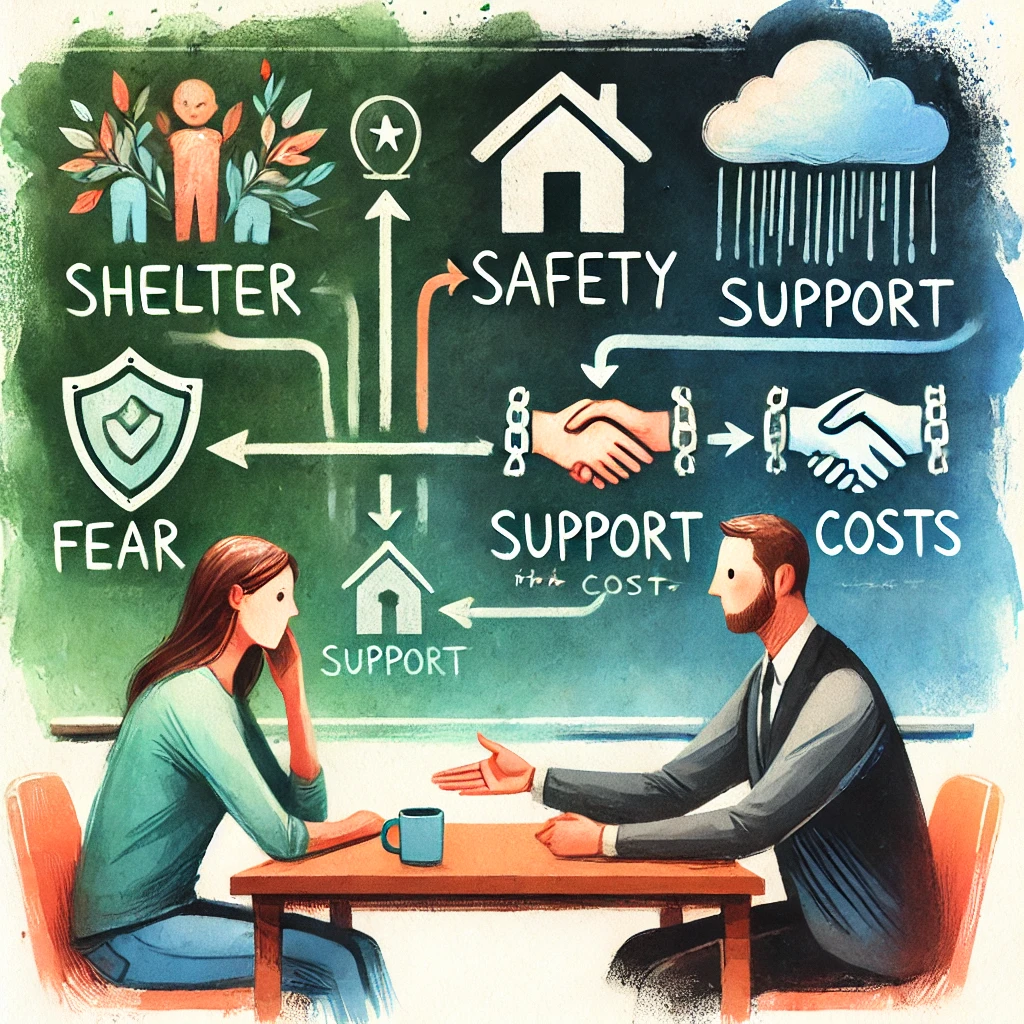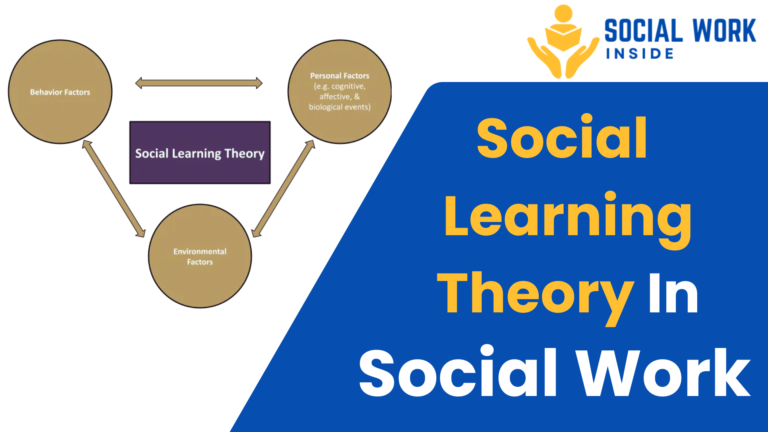What is a rational choice theory drawing?

A rational choice theory drawing is a visual tool that simplifies the theory’s core principles, often depicting how individuals weigh costs, benefits, and alternatives to make logical decisions. These diagrams clarify complex ideas like utility maximization or cost-benefit analysis, making them accessible for students, researchers, or professionals.
Example of a Rational Choice Theory Drawing
A common visualization includes:

- Decision Nodes: Representing choices (e.g., “Apply for Job A or Job B?”).
- Cost-Benefit Scales: Highlighting factors like salary, commute time, or job satisfaction.
- Optimal Outcome: Arrows pointing to the choice with the highest net benefit.
| Choice | Benefits | Costs | Net Utility |
| Job A | High salary, career growth | Long commute | 8 |
| Job B | Work-life balance | Lower pay | 6 |
Why Use Drawings for Rational Choice Theory?
- Clarity: Simplifies abstract concepts like “utility maximization.”
- Education: Helps students grasp decision-making models visually.
- Real-World Application: Used in economics, policy design, and social work to map client choices.
How Social Workers Use Rational Choice Theory (RCT): A Strengths-Based Approach
Social workers integrate Rational Choice Theory to empower clients by understanding their decision-making processes, while acknowledging the theory’s limitations. Here’s how they apply it positively and effectively:
1. Client-Centered Assessments
- Identify Motivations: Explore the perceived benefits (e.g., safety, stability) and costs (e.g., fear, financial loss) behind client choices.
- Example: A parent avoiding addiction treatment might fear losing custody (cost) but desire a healthier family life (benefit).
- Reduce Barriers: Address practical or emotional “costs” to make positive choices more accessible.
- Example: Offering free childcare during therapy sessions lowers the “cost” of attending.

2. Strengths-Based Interventions
- Incentivize Positive Decisions:
- Design programs that reward healthy behaviors (e.g., housing subsidies for attending job training).
- Collaborative Goal-Setting:
- Frame goals as mutual “benefits” (e.g., “How can we make seeking help feel safer for you?“).
3. Policy Advocacy
- Equitable Systems: Advocate for policies that reduce systemic “costs” (e.g., affordable mental healthcare, transportation to shelters).
- Empower Marginalized Voices: Highlight how structural barriers (e.g., poverty, racism) skew cost-benefit analyses for vulnerable groups.
4. Blending RCT with Trauma-Informed Care
While RCT focuses on logic, social workers balance it with:
- Emotional Awareness: Recognize how trauma or fear may distort cost-benefit perceptions.
- Holistic Support: Pair RCT with therapies like CBT to address both rational and emotional needs.
6 Important Theories in Social Work
“A courageous survivor of domestic violence navigates complex decisions to prioritize safety and stability, guided by a social worker who amplifies their strength. Together, they map out choices with compassion—like access to shelters with childcare and legal support—to highlight the empowering benefits of seeking help. This collaborative approach fosters hope, resilience, and a pathway to reclaiming autonomy and security.”
Example in Practice
Scenario: A courageous survivor of domestic violence navigates complex decisions to prioritize safety and stability, guided by a social worker who amplifies their strength. Together, they map out choices with compassion—like access to shelters with childcare and legal support—to highlight the empowering benefits of seeking help. This collaborative approach fosters hope, resilience, and a pathway to reclaiming autonomy and security.”
- Social Worker’s Role:
- Reduce costs: Provide emergency housing, legal aid, and childcare.
- Highlight benefits: Emphasize long-term safety and community support.

Criticisms & Adaptations: Embracing Growth
- Evolving Perspectives: RCT’s focus on logic grows richer when blended with empathy-driven models.
- Bridging Gaps: While RCT highlights individual choice, integrating trauma-informed care and anti-oppressive frameworks fosters inclusive, culturally responsive support.
- Strengths in Collaboration: Pairing RCT with strengths-based practice creates a holistic toolkit—honoring clients’ resilience while addressing systemic barriers.
- Compassionate Innovation: Adaptations empower social workers to balance rational decision-making with emotional healing, helping clients thrive.







One Comment